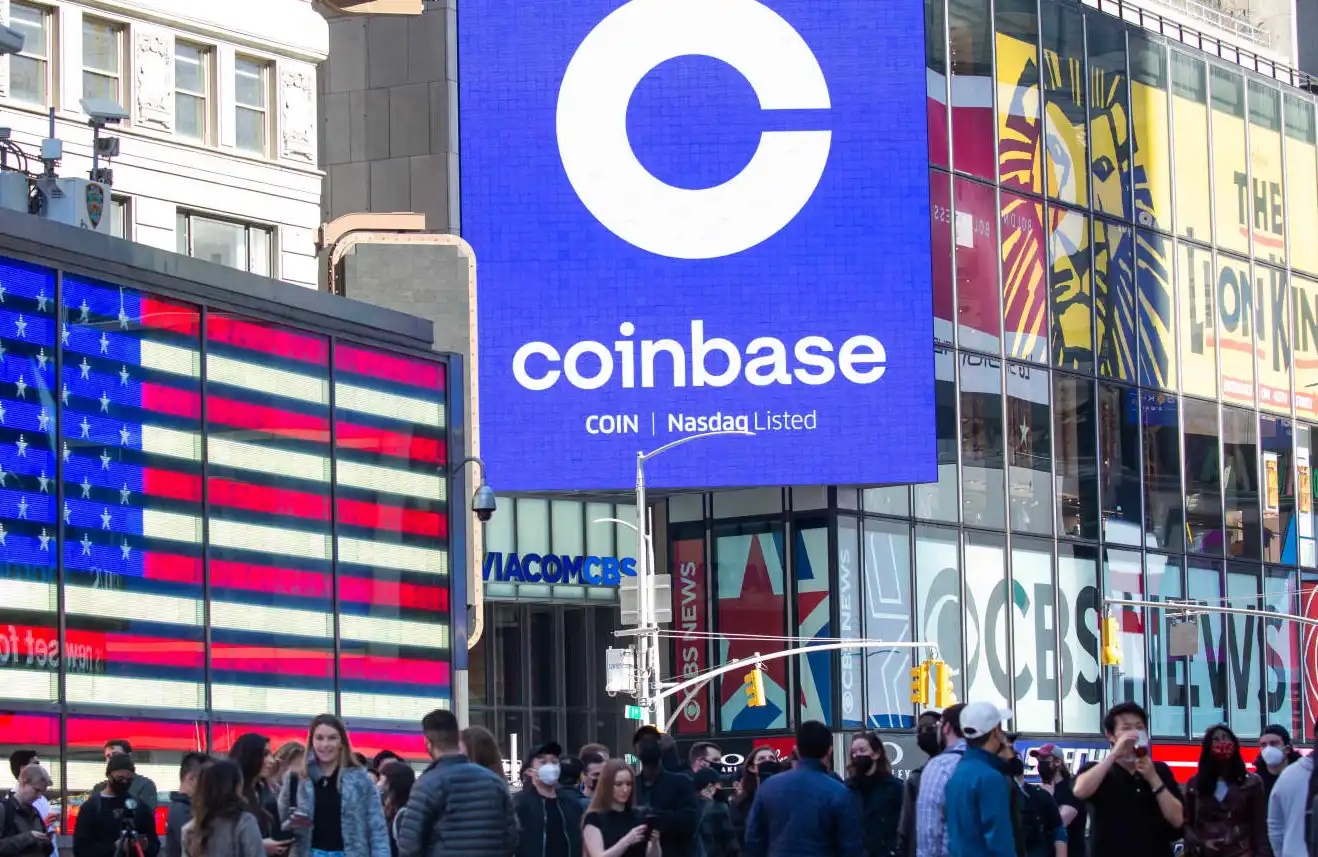Decoding Binance’s new coin mining: Which one has a higher yield, BNB or FDUSD?
Original title: "12-period data deciphers Binance Launchpool: BNB or FDUSD? How to choose long-term and short-term strategies?"
Original author: Nan Zhi, Odaily Planet Daily
Recent Binance new coin mining can only be participated in using BNB and FDUSD. What is the difference in yield between the two? Which of the two long-term and short-term holding strategies is better? Odaily Planet Daily will analyze the past 12 periods of data in this article to see the profit and loss situation under different strategies.
(Odaily Note: Short-term strategy refers to buying FDUSD/BNB at the beginning of new coin mining and selling it at the end of mining. The net profit or loss is the mining income minus the price difference before and after mining; readers who only want to see the final conclusion can directly read the last section of this article.)
FDUSD data analysis
The following figure shows the relevant data of FDUSD in the past twelve periods, including the price changes before and after "Binance announced new coin mining", the price changes at the beginning and end of "new coin mining activities", and the corresponding yield and short-term strategy income.

· After Launchpool was issued, the increase in FDUSD was relatively consistent, with an average of 0.3%;
· During the period from the beginning to the end of mining, the decline in FDUSD varied greatly, with an average of -0.4%. At the same time, it means that the discount rate of FDUSD is relatively stable, and the long-term price difference is not large;
· Similarly, the annualized rate of return of each period is also quite different, and the relative size between each period is basically the same as that of the BNB mining pool;
· Using the absolute return of mining superimposed on the holding profit and loss, the absolute return under the short-term strategy, and then converted to an annualized rate of return, the corresponding average annualized rate is 67%, and there is no negative value, that is, temporary purchases also have higher returns;
· In addition, in the SAGA new coin mining period, FDUSD issued more than 1.1 billion US dollars, but the rate of return did not decline. Whether it can be maintained requires multiple periods of verification.
BNB data comparison
The statistical object is changed to the BNB mining pool, and all statistical calibers remain unchanged. The specific data are shown in the following table.

· New coin mining has a significant boosting effect on BNB prices, with greater volatility;
· Correspondingly, BNB prices fluctuate more before and after mining, and are most likely negative, with only 4 of the 12 periods being significantly positive. This means that if you buy BNB before mining and hold it until maturity, you will most likely have to endure a certain price drop;
· The average mining yield of BNB is 136%, which is basically lower than the FDUSD mining pool (average 157%) before the FDUSD issuance;
· BNB's short-term mining strategy is extremely volatile, with an average annualized return that is almost the same as FDUSD, at 66% and 67% respectively, but it should be noted that it is mainly supported by the BNB gains in the two rounds of NFP and AEVO (the BNB unit price has risen by more than 40 USDT).
Conclusion
· If I want to buy temporarily and exit after mining, is FDUSD or BNB better?
For users who only want to obtain the income from mining new coins, the income of the two is close, but FDUSD is more stable, and for users with neutral strategies, there is no need to hedge BNB, and the yield is actually higher.
Therefore, FDUSD is a better choice under short-term strategies.
· For long-term holders, which one is better?
Based on the data of the past 12 periods, FDUSD is only 15.4% higher than BNB in annualized yield. This means that for users, if they believe that BNB can still rise by 15.4% on the current basis, BNB has a more obvious advantage.
However, the above conclusion is from the perspective of pure currency holding. In fact, there are also operations such as mortgaging FDUSD to borrow ETH and other assets, conducting on-chain mining activities during the window period, and transferring back during the mining period. Therefore, it is necessary to make decisions based on the specific situation of the user.
· How long is the mining window period?
From the start of ACE mining to the end of SAGA, there are a total of 118 days, while the mining period is 64 days and the window period is 54 days, so the average interval between each period is only 4.9 days.
· So what is the rate of return of buying BNB/FDUSD at the end of mining, selling it after the announcement, and not participating in the mining strategy?
For BNB, the absolute rate of return of the above operation is 2.44%, which is 1.8% higher than the absolute rate of return of mining. Calculated based on the 4.9-day window period, the annualized rate of return is 181.7%. However, reusing this strategy requires considering the risk of BNB falling from a high level;
For FDUSD, the yield of this operation is 0.3%, which is much lower than the 1.3% of mining income.
Original link
Welcome to join the official BlockBeats community:
Telegram Subscription Group: https://t.me/theblockbeats
Telegram Discussion Group: https://t.me/BlockBeats_App
Official Twitter Account: https://twitter.com/BlockBeatsAsia
 Forum
Forum OPRR
OPRR Finance
Finance
 Specials
Specials
 On-chain Eco
On-chain Eco
 Entry
Entry
 Podcasts
Podcasts
 Activities
Activities








